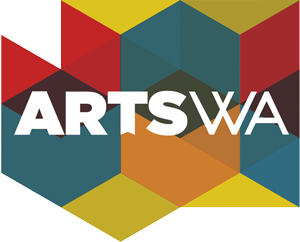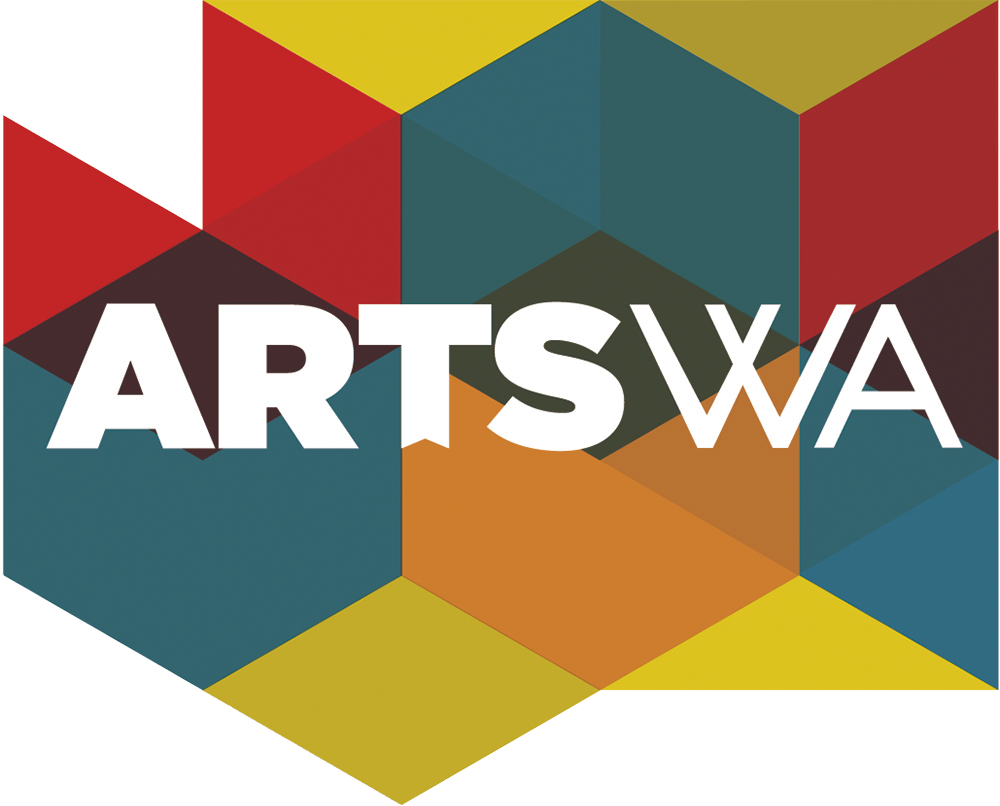Search the Collection:

Protanopia: Focusing on Yellow and Blue
"Color is something that every person is familiar with. We all see it every day, associate it with memories, moments, and places. It is something that is essential to perception and existence.
Colorblindness impacts 4.5% of the population which is roughly 369,000,000 people worldwide – which I would say is quite a large number. 98% of those people are red-green colorblind, meaning that their L-cones (the ones that detect red tones) are non-functioning or missing, generally leading to only seeing blue and yellow to the full extent.
As someone with this type of colorblindness, Protanopia, navigating color theory and art with an inaccessible view is something I have learned to overcome. I have learned how to tell the colors’ differences, even though I am unable to see them. This is exhausting work, even if it is not necessarily an incredibly important ability to lack normally, in art color matters. I have learned to enjoy art for many different things, but color remains this quiet but definite communicator of tone, meaning, and feeling.
This collection of artworks is an appreciation of the colors I know well: yellow and blue. It’s an acknowledgement of how no matter your restrictions, you can view art and enjoy it. You can enjoy pieces that are limited to two main colors. For in every living thing there is art, and in all art, there is life.
The following artworks are primarily in blues and yellows, therefore anyone with protanopia can perceive them in almost the exact same way anybody with typical color vision can.”
–This web exhibition was curated by Sunni Baker, a senior attending an art-based school in Spokane, Eastern Washington and part of the 2025 ArtsWA WAYAL team (June 2025). They focus artistically on musical writing, visual arts, and theatrical stage work.
The Washington Youth Arts Leadership (WAYAL) Program is a yearly cohort of youth and young adults (ages 16-19) from across Washington State. Youth arts leaders in the program explore the arts and cultural field, creative careers, and related policy.
Read Less






















